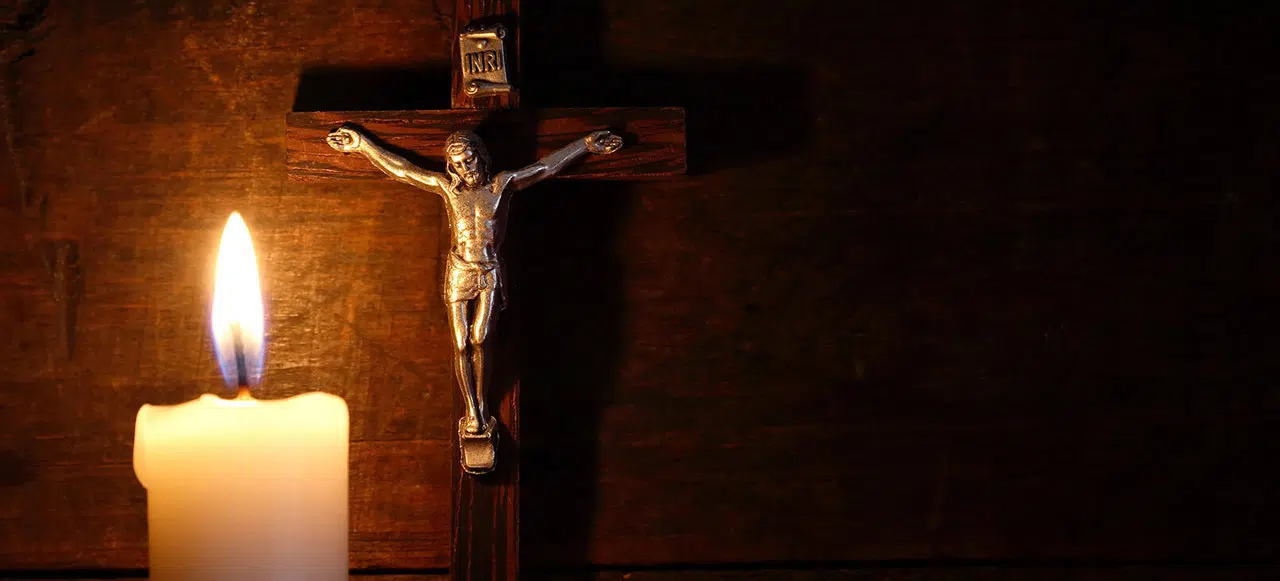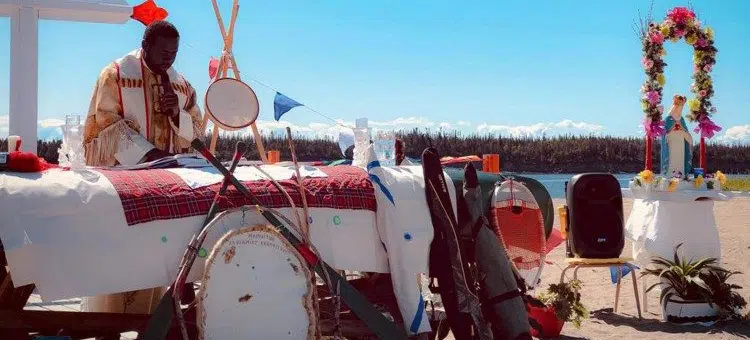UNITED STATES
Br. Richard Coté, O.M.I (Historian/Archivist)
St. Joseph the Worker Shrine, Lowell, MA
This year marks the 175th anniversary of the arrival of the first Oblate missionaries to the United States in 1847 in what was then known as The Oregon Territory. At that time Oregon included the present states of Oregon and Washington.
The Oregon Missions:
A request for Oblate missionaries was made by the newly appointed Bishop of Walla Walla, Magloire Blanchet in 1846. Fr. Bruno Guigues, OMI, Superior of the Oblates in North America, relayed the request to Superior General Eugene de Mazenod in Marseille. De Mazenod had sent the first Oblates to Canada in 1841 and in just six short years the Congregation had expanded to the Pacific Northwest. Fr. Guigues, later first Bishop of Bytown (Ottawa) and Bishop Ignace Bourget, (Montréal), a close friend of de Mazenod, were both interested in this foundation. Fr. Paschal Ricard, OMI, had been appointed Superior of the Oregon mission on January 8, 1947.
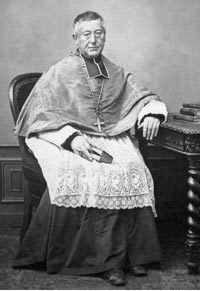
Bishop Bruno Guigues, OMI
On January 11, 1847, the General Council in Marseille, noted a commitment between Father Guigues and Bishop Magloire Blanchet of then Walla-Walla, WA.
‘There are serious reasons in favor of this project. The advantage of embracing all the savage (Indian) missions of North America, extending ourselves from one Ocean to another, that of establishing ourselves in territories bordering on Hudson Bay, where the Congregation is already established and the good that there is to do in completely new missions among numerous and still infidel tribes …’
Having set sail from Le Havre on February 14, 1847, the missionaries did not reach Walla Walla until the following September 5. On January 2, 1848, the scholastics Chirouse and Pandosy were ordained to the priesthood by Bishop Magloire Blanchet. Georges Blanchet remained a brother for a long time and was not ordained to the priesthood until November 1, 1892. The missionaries arrived in Walla Walla on September 5, 1847.
A cold reception awaits the first Oblates:
Blanchet’s reception of the missionaries was quite cold and when de Mazenod had learned of this, was certainly saddened, and thought he had to warn Bishop Bourget.
‘I was going to tell you in confidence how much the Bishop of Walla Walla who having to look after the journey of our fathers, and what he thought was enough for him, think he was upset to see them coming. He receives them at first unsympathetically and has since not seem to be much kinder to them. What saddens me is that at such a distance these good missionaries will have much to suffer before I can send them help.’
Bishop Bourget tries to reassure the Founder.
‘Father Ricard and his confreres may have been a little surprised by the coolness of the Bishop of Walla-Walla. But I hope that when they have lived with him, they will be able to better judge the goodness of his heart. He is naturally serious, unemotional, and even chilly for anyone approaching him for the first time. May it please God that this is only the effect of travel and momentousness.’
Mission to the Amerindians:
The bishop of Walla Walla asked the Oblates to begin a mission among the Walla Walla and Yakima Indians. Beginning in 1847 they built a wooden chapel and house at the meeting of the Yakima and Colombia Rivers. They dedicated this mission to Saint Rose of Lima.
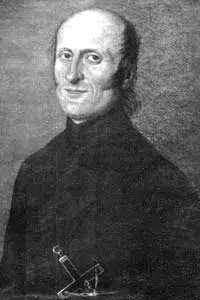
Fr. Paschal Ricard, OMI
Difficulties with the Bishop:
Besides extreme poverty, a misunderstanding existed between Father Ricard, Superior and Bishop Magloire of Walla Walla that he wished to treat the Oblates as if they were diocesan priests. Fr. Gigues, writes to Bishop Bourget:
‘I received news from Oregon of Fr. Ricard. It seems that the Bishop of Walla-Walla allowed himself to be influenced by his brother’s (Archbishop Norbert Blanchet of Oregon City) extraordinary ideas on religious orders. I had, however, made it a condition of this establishment to renounce such ideas I regarded as harmful to the good, and which would have taken me away from making this foundation.’
Difficulties continued for the Oblates in the Oregon Territory until August 15, 1878, when they left the Oregon Territory and were transferred to the Diocese of Westminster, B.C.
Hope for the Future:
On January 13, 1857, Fr. Paschal Ricard, O.M.I. wrote to the Superior General:
“Heaven in its goodness is prodigious in consolations for which we dared not hope. The action of Providence is visible. We ourselves are very surprised at the wonders of grace that are being accomplished before our eyes, and the Protestants are even more astonished. Every day, new bands of native peoples come to us to hear the word of God and to steep themselves in the spiritual life by receiving the sacraments. And that, in spite of three foot of snow…”
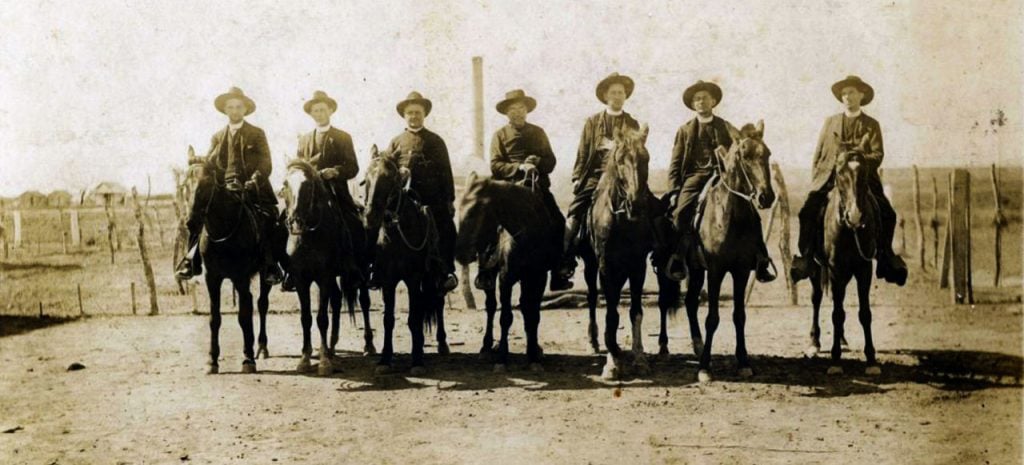
‘Cavalry of Christ’, Oblates on horseback in Brownsville, Texas
From this first Oblate Mission in the United States in 1847, although unsuccessful, others flourished along the Rio Grade River in Texas in 1849, Buffalo, NY 1851, Plattsburgh, NY 1853 and Lowell, MA 1868.
N.B. – The above article is taken from the work of Oblate Fathers Maurice Gilbert and Gaston Carriere of their study of early Oblate foundations, published in “Historical Research on the Canada-East Province, Vol. II”, Ottawa, 1954, edited for brevity. Other materials were obtained from OMIWORLD, Historical Dictionary (Paschal Ricard, OMI).

